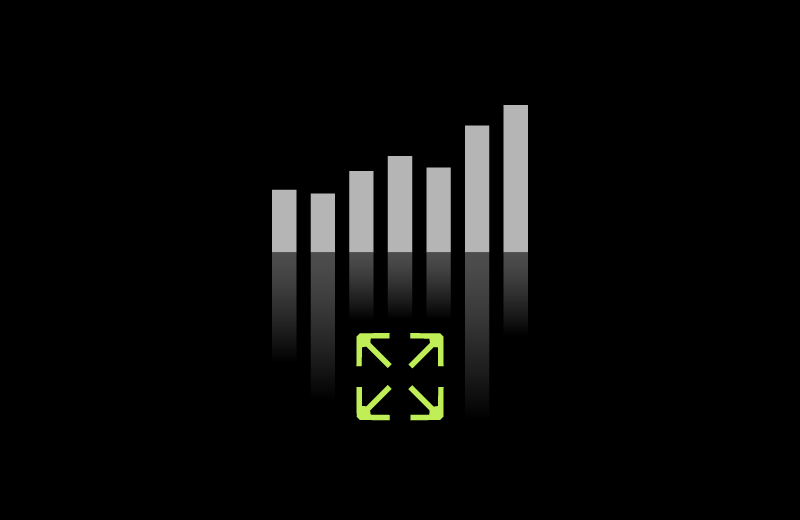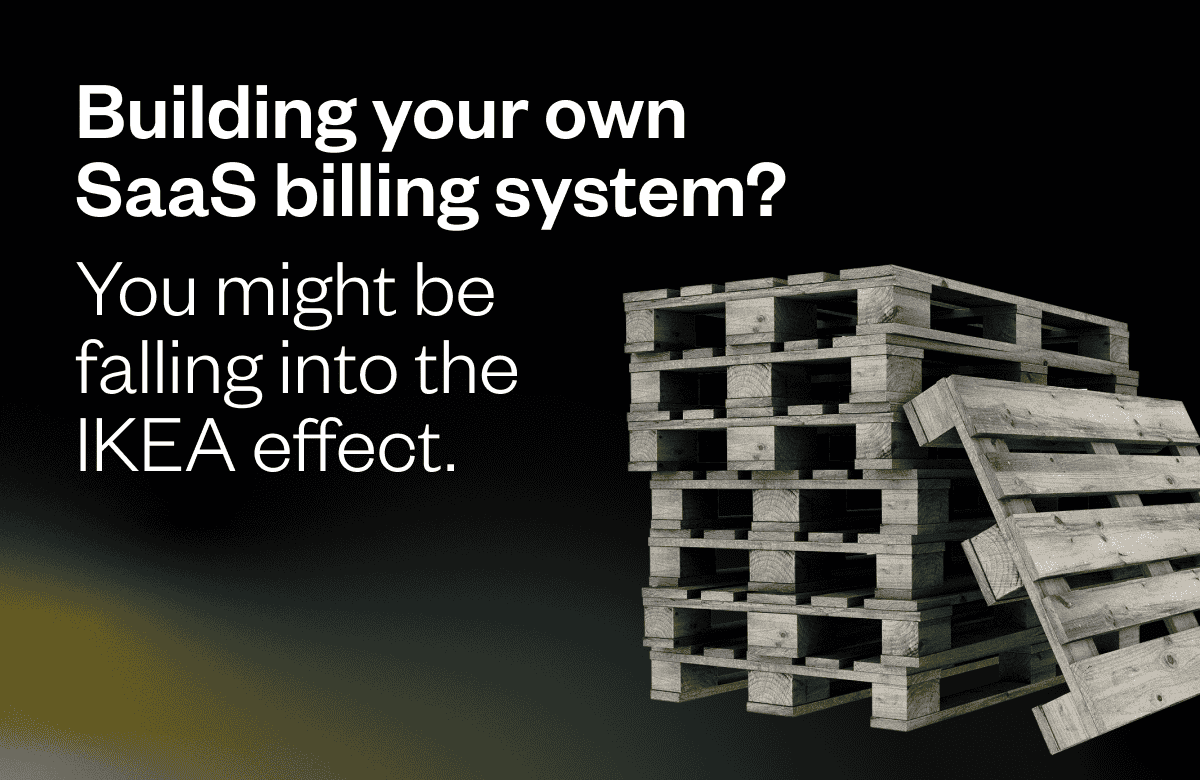In many ways, growth marketing and SaaS go hand in hand. Within your team, you’ve already got the know-how for running tests and measuring experiments, and you have access to a wealth of user data from the customers who have been using your SaaS product.
If you want to power more growth for your SaaS business, this article will help you do two things:
- Implement a methodological framework for your growth marketing strategy
- Understand the key variables of the SaaS model that impact your approach to growth
A Methodological Framework
Growth marketing requires a creative mindset – one that’s willing to think outside-the-box and extend the experimentation process to cover previously unexplored areas of the business.
However, it’s also important to adopt a methodological approach. This is why I follow the 7 core principles of growth, which I also outlined in detail within my guide to growth hacking. These provide a solid foundation on which to build your growth marketing activities.
The 7 core principles are: Experimentation, Iterative, High Tempo, Cross-functional Team, North Star Metric, User Insight, and the Ah Ha! Moment. In order to get the most out of these principles (which I discuss in detail below), it’s important to take into account the key variables of SaaS that sets it apart from other industries and business models.
The SaaS Model: Key Variables for Growth Marketing
There are two distinct features of the SaaS business model that affect the design and structure of a growth marketing strategy for this kind of business.
First, SaaS products are defined as low ACV (Annual Contract Value) or high ACV. Low ACV usually covers contracts of hundreds to single-figure thousands £ per year, and high ACV contracts of hundreds of thousands to several million £ per year (caveat: perspectives differ a little on these definitions). Your product’s ACV will thus have a significant impact on how you market it, as we’ll explore further below.
Second, as you know, SaaS follows a subscription model. Or as Maxio VP of Client Services, Karen Schmelzer, wrote recently, a relationship model. The key is to get customers to commit to your product for the long-term. You’re not just getting them to commit once, but again and again. Therefore, retention is absolutely essential.
As I take you through the 7 core principles of growth, I’ll focus on how you’d approach each step from a SaaS perspective – taking into account these two key variables.
The 7 Core Principles of Growth
1. Experimentation
The first and foundational principle of growth marketing is experimentation. It is by running various experiments that you’ll test which channels are most effective for acquisition and/or retention.
For a lower ACV SaaS product, you’ll be dealing with a higher volume of users and potential users in order to achieve ROI. Therefore, your experimentation is likely to focus on testing the most efficient marketing channels to gain new users (perhaps using free signups to gain PQLs), your “hands-off” onboarding process, and your automated messaging.
With a higher ACV product, however, there will be a much smaller pool of potential customers to target, leading to the potential for an Account-Based Marketing (ABM) strategy. Your experiments will address the creation of an effective Ideal Customer Profile (ICP) and the development of an outreach/content marketing scheme that is concentrated on the digital spaces used by your prospective customers.
2. Iterative
This second principle defines the mindset for your experimentation. Adopting an iterative mindset means that you approach your experiment systematically. Think of it as a closed feedback loop: you design the test, run it, measure it, learn from the results, and then those results feed into the next experiment idea.
The iterative mindset also involves taking incremental steps in your experimentation. Just making small changes between tests will allow you to measure with increased accuracy and achieve more useful results. This principle applies equally to all business models engaged in growth marketing, including low and high ACV SaaS businesses.
3. High Tempo
The principle of high tempo is all about keeping up the pace of experimentation. You’ll need to run regular experiments using as much data as you can process, in order to get the insights you need to drive growth. Of course, the number of experiments you can run will depend on your timeframe and budget.
For all types of SaaS, the right tech stack will help you keep up a high tempo of experimentation without compromising on quality, as I outline in my third rule of B2B SaaS growth marketing.
With a lower ACV SaaS product, your tempo of experimentation may be higher, as you’ll be gathering new data from multiple channels and users at one time. Especially if you have a freemium business model. If yours is a higher ACV product with a narrower range of data sources, that doesn’t necessarily affect the tempo of your experimentation. You can still aim to run regular tests to determine in-product usage, engagement with your content marketing, etc.
4. Cross-functional Team
An essential step in your growth hacking strategy is to build a cross-functional team. This is a group of stakeholders who represent different areas of expertise – product development, engineering, marketing, support, etc. They’re all focused on driving growth, and unified by the North Star Metric (see growth principle 5). For a higher ACV SaaS product, the cross-functional team may include an ABM specialist, thus tailoring your marketing activities towards high-value target clients.
5. North Star Metric
Growth hacking experimentation is all about driving the metrics that are linked to the success of your company. But the most important metric to pay attention to is what we call the North Star Metric (NSM).
The NSM is the point where the value of your product to the customer and your own business interests most closely align. As I wrote in a previous article, “the North Star Metric allows you to quantify your value. It provides a computable outcome to your customer’s relationship to your product, and allows you to set targets for the future of your business.”
So how do you identify this metric? For a subscription-based SaaS business model, your NSM is likely to be connected to customer retention. The more reliant the user is on your tool (showing your product has a high value to them) the more likely they are to stay. Your NSM may be tied to monthly run-rate (MRR), number of active users per month, or something else that indicates you’re keeping people hooked.
6. User Insight/Feedback
Your SaaS business will only grow if the product is meeting (or exceeding) the demands of your users. This means you need to know whether it’s doing so, or whether you’re falling short as a vendor.
For lower ACV SaaS products, a quantitative approach to measuring user engagement can gain useful insights. A key metric to monitor is the Net Promoter Score (NPS), which measures the “promoters” of your business against its “detractors”. But as Kate Harvey wrote on the Maxio blog, you need to go beyond this metric to understand customers much deeper.
Particularly with a higher ACV product, it’s important to take a personalised, qualitative approach to gathering user insights – where you regularly engage with individual clients. You can easily integrate this with ongoing support and training provided to help customers get the most out of the software.
Karen Schmelzer observes that, while user satisfaction metrics are important, “I’ve found that looking beyond the numbers to analyze the direct, verbatim feedback we are receiving from customers is even more valuable. By analyzing their comments, we can look deeper into underlying trends that are causing satisfaction…or dissatisfaction…”
7. Ah Ha! Moment
The final principle in our growth marketing framework is the Ah Ha! Moment. This is the point where the customer realises the value of your product and feels that it was worth the effort/money to sign up for it in the first place. Driving the North Star Metric should result in more users reaching the “AHM”.
For a SaaS customer, the best way to know they’ve experienced their “AHM” is simply if they maintain their subscription and actively use the product. They’ve realised, “this software is great for my business – it’s helping me create a fantastic experience for my customers – I can’t do without it.” Proactive account management will help get customers to their “AHM” as quickly as possible, avoiding quick churn. In addition, enthusiastic up-selling and cross-selling, you’ll ideally create “negative churn”.
In-product analytics tools are key to identifying customers who are at risk of churning before they reach the point of no return. These tools can use triggers to set off an automated response sequence, or flag a particular user for manual outreach from the support team.
—
Oren Greenberg is a growth marketer and founder of the Kurve consultancy in London. He helps startups and corporate innovation projects scale using digital channels. He has written for leading marketing blogs and has been featured in the international press.






